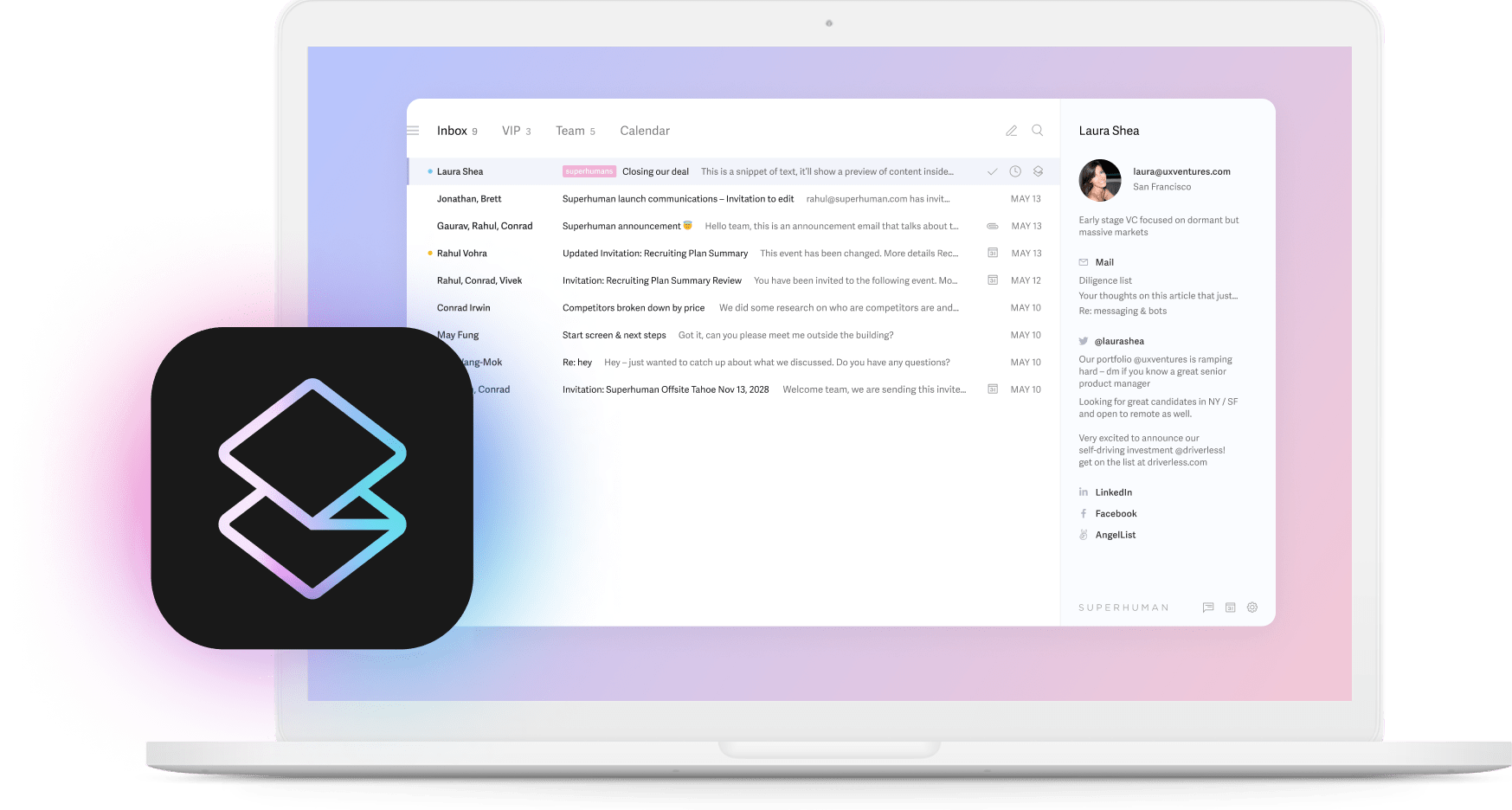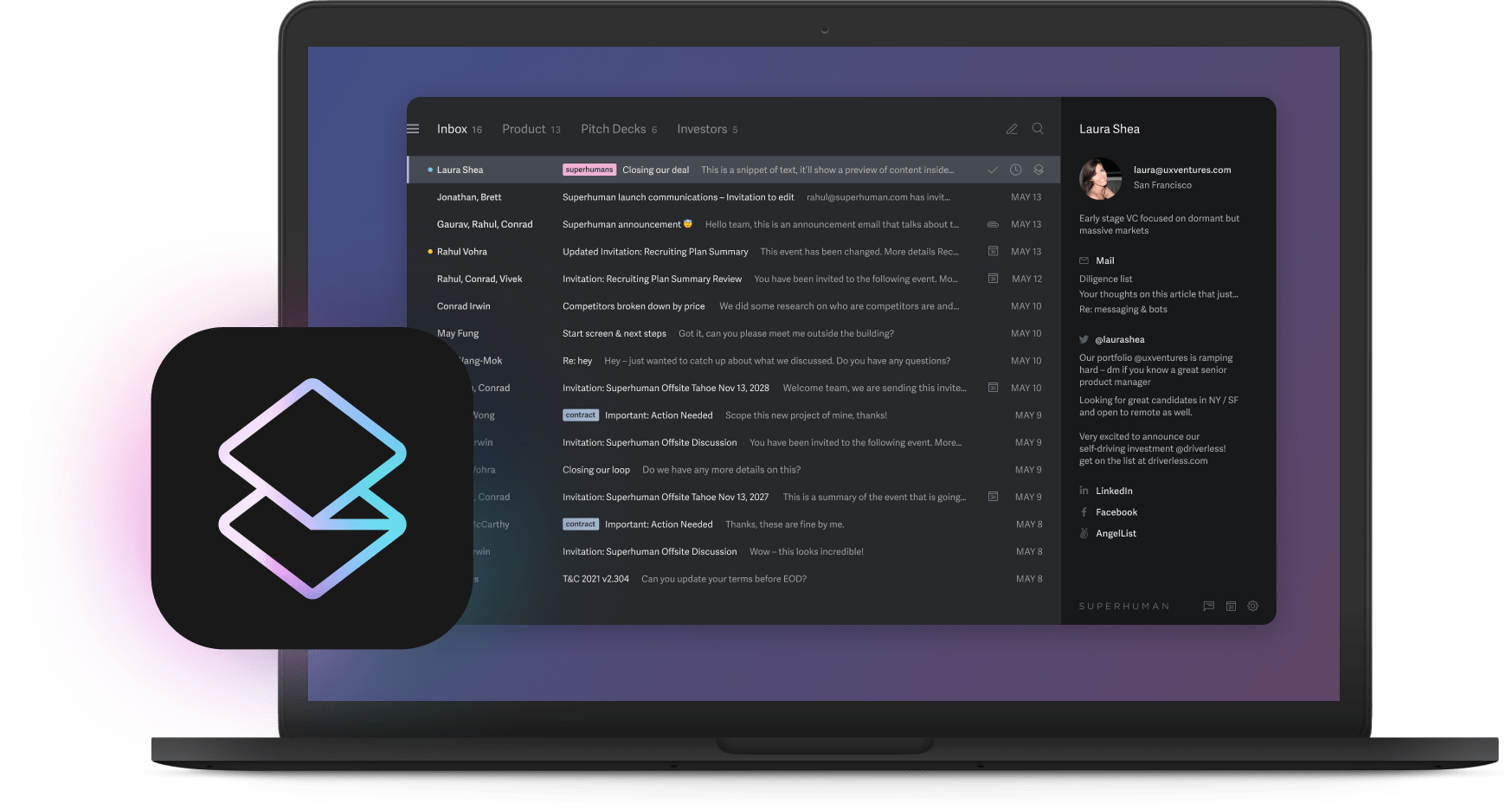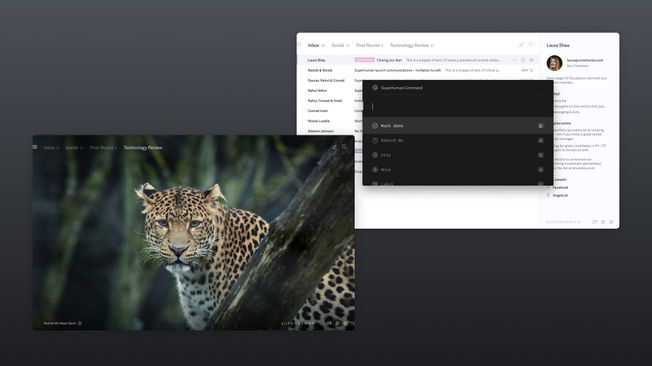
You're bleeding money on manual work right now. Every week your team spends re-keying invoices, reconciling spreadsheets, and chasing down documents costs real cash. Meanwhile, your competitors are using AI to work faster and smarter. B2B professionals already save one full workday every week with AI, and industry-leading companies are 3x more likely to report significant productivity gains from AI.
You can fix this in twenty minutes. You don't need six months of consultant meetings or endless whiteboard sessions. Just twenty focused minutes to find your biggest cash leak, check what you can actually build, and start Monday morning.
Answer three questions, make one decision, and get moving. Because while you're reading another AI report, someone else is already automating their way past you.
The 20-minute AI strategy cheat sheet
Set a 20-minute timer now. In four five-minute sprints, you'll lock in an AI roadmap that works.
Waiting costs money. Generative AI has moved from nice-to-have to must-have. The Work Trend Index shows first movers are already capturing gains while others debate strategy. Manual data entry and human errors drain budgets across finance, supply chain, and HR every single day.
The framework asks three questions. Which manual process is bleeding cash? What can we actually execute this quarter? Will we do it Monday?
These map to four timed sprints. Find the leak, audit your capabilities, pick your strategy, commit to action. If any step takes longer than five minutes, you're overthinking.
Start the clock.
Minute 1-5: Find the bleeding money
Write down your three most labor-heavy workflows. Think about what everyone complains about. Re-keying invoices, reconciling spreadsheets, digging through shared drives for documents. Calculate the annual loss by multiplying hours times average compensation times frequency. If you get more than $1 million a year, circle it.
Manual data entry in supply chain operations can rack up $240,000 in error costs annually when a 4% slip rate hits 10,000 monthly transactions. Finance teams keying invoices miss early-payment discounts and pay late fees. Spreadsheet-driven reporting creates version-control chaos.
The same culprits appear everywhere. Data entry, invoice processing, and financial reporting. High volume plus low oversight equals waste. Skip the shiny AI ideas that don't touch real dollars.
Circle the biggest leak. Write the dollar amount in bold. Keep it visible.
Minute 6-10: Brutal capability audit
Question two asks what you can actually execute this quarter.
Score each line Low, Med, or High. Any Low score is a blocker that will stall even the smartest idea.
Start with data quality and access. Dirty, siloed, or biased information kills AI fast. If your data lives in seventeen different systems and nobody knows which version is correct, mark this Low.
Next, assess technical talent on staff. Do you have someone who can implement this, or will you be googling "how to train a model" Monday morning?
Evaluate change-management capacity. Even perfect models fail if people refuse to use them. If your team still complains about the CRM from three years ago, you know where this lands.
Check pre-approved budget. Strategy dies when finance pulls the plug. If funding is "under review," mark Low and move on.
Review responsible-AI guardrails. You need principles for privacy, security, and bias before launch. Borrow Microsoft's framework if yours is blank.
Circle every Low. Those are your dragons. Decide whether you'll slay, dodge, or postpone them.
Low quality data? Run a one-day audit, centralize high-value tables quickly, limit your pilot to clean fields. Low talent? Pair a domain expert with a no-code AI tool, book a vendor workshop while hiring. Low change capacity? Recruit a frontline champion, start tiny, publicize results before expanding. Low budget? Use that bleeding money number from minutes 1-5 to unlock funds. Low guardrails? Draft lightweight policy tonight, refine in parallel with the pilot.
Highlight your highest scores. They show where momentum exists, pointing to projects that can hit production this quarter.
Minute 11-15: Pick the only three strategies that work
Think of your options as a 2×2 grid. Urgency (how fast cash bleeds) on one axis, capability (how ready your data, talent, and budget are) on the other. High-urgency, high-capability problems need immediate action. Low-capability or low-urgency squares need patience. Plot your pain point from minute 1-5. If it touches two quadrants, choose simpler.
You land on one of three plays.
Augmenter snapshot
When capability is solid and the fire is hot, grab tools that drop in overnight. 70% of companies start here. AI-native email apps, meeting summarizers, and low-code workflow builders install in days and pay back within a month. Teams using rapid-rollout AI cut routine work by 30% within 30 days.
Superhuman leads this category with features you won't find in Gmail or Outlook. Superhuman customers using AI save 37% more time than those who don't. Superhuman's Write with AI learns from your past emails to match your tone and voice perfectly, something generic email clients can't do. Instant Reply drafts responses before you even open the email, while Auto Summarize condenses long threads into key points instantly. These aren't add-ons or plugins. They're built into Superhuman's core, helping teams reply to twice as many emails in the same time.
Mass General Brigham documented a 60% reduction in physician documentation hours within the first month of implementing AI note-taking assistants in their EHR system, freeing up time for additional patient appointments.
Automator snapshot
Medium capability or broader scope means 90-day rebuild. Replace entire workflows with AI agents or robotic process automation.
Automation shines where errors are expensive and volume is punishing. Manual data entry alone can burn $240,000 yearly in a mid-size supply chain. If your data is reasonably clean and leadership can fund a 12-week sprint, Automator is your fastest route to material cost cuts.
Disruptor snapshot
Low urgency but high ambition belongs in the 6- to 12-month Disruptor lane. Build custom models, wire vector databases, rethink business models entirely. General Mills rolled out AI-driven logistics forecasting that unlocked $20 million in transportation savings within the first quarter and projects $50 million in annual waste reduction as the platform scales. That scale demands dedicated squads, governance, and continuous retraining. Yet it delivers competitive moats competitors can't copy overnight.
Scan your matrix again. Circle the quadrant, commit to the matching play, resist complicating it.
Minute 16-20: The commitment test
Ask yourself if you'll actually do this Monday. Everything you mapped is theory until you clear this hurdle.
Your non-negotiable checklist needs every line marked Yes before the timer hits twenty. The kick-off meeting is on the calendar for the next business day. The CEO or GM will be a daily customer of the solution. A single 30-day success metric is written and visible to the team. Budget is already assigned, not "pending approval."
Any item at "Maybe"? Stop and fix it. Leaders who green-light projects with unresolved gaps revisit the same slide deck six months later.
Successful implementations show a pattern. Visible executive sponsorship, narrow first metric, budget locked before coding starts. Projects meeting those three conditions move from pilot to production quickly.
Confirm every Yes, send the calendar invite, shut the laptop. Monday becomes day one, not another planning session.
Strategy graveyard: Learn from the losers
The difference between stalled initiatives and quick wins often comes down to scope and focus.
When organizations attempt enterprise-wide AI transformations without clear metrics or accountability, projects typically stall. Data silos prevent access to training sets, skill gaps delay implementation, and lack of clear ROI makes it impossible to justify continued investment.
Successful pilots stay narrow. Teams using Superhuman's Shared Conversations feature, unique to Superhuman, can collaborate on responses without forwarding emails or switching to Slack. The focused workflow of triage, draft, and send creates measurable impact within 30 days. Teams consistently report cutting email time by half and clearing backlogs that seemed permanent.
Leaders who pin AI to a single, bleeding process avoid integration traps that sink broad missions. Blocked data access, missing talent, unclear ROI planning are repeat offenders. Each can be sidestepped by starting small and measuring daily.
The cost calculator: 20 minutes vs. traditional consulting
Start with "Traditional discovery" in cell A1. Set B1 to 4 weeks multiplied by $14,000/day consulting rate. Watch it climb to $280,000. Add "Implementation crew" in A2, multiply 3 FTE by $120,000-$180,000 salary in B2 for $360,000-$540,000. Type "Opportunity cost" in A3. For a finance team spending 40 hours weekly on invoice matching, that's 40 multiplied by 52 multiplied by $75, or $156,000 yearly. You're already past $1.3 million before any pilot goes live.
Now create a second tab called "20-minute path." Cell A1 reads "Leadership sprint," cell B1 shows 0.33 hours multiplied by $250 CEO rate, a tiny $83. A2 says "Pilot license," B2 shows that many AI email and document tools deploy within a week for reasonable pilot costs. A3 reads "Switch-on savings." Automating data entry alone eliminates the 4% error rate draining hundreds of thousands from supply chains and finance teams yearly.
Delay compounds. Every month you stay manual, human-keyed mistakes create duplicate payments and missed discounts. These balloon into multi-million-dollar hits.
A 20-minute decision saves seven figures and frees your team from mind-numbing tasks.
Tool-mapping cheat sheet (deploy Monday)
Match your strategy to the right tools fast.
Start with Augmenter when speed trumps everything. Choose AI-native apps that plug directly into current work. Superhuman stands apart from traditional email clients by building AI directly into the email experience. While Gmail and Outlook bolt on basic features, Superhuman's Write with AI actually learns from your sent emails to match your unique voice and tone. Teams using Superhuman send and respond to 72% more emails per hour because every feature is designed for speed. The app cuts email time by up to half. Microsoft Teams Copilot transforms meeting transcripts into action items. Add Google Workspace Duet for instant document summaries. Complete productivity stack in under a week.
Shift to Automator when your biggest problem is high-volume, repetitive work. Clean, structured data comes first because messy inputs only create faster chaos. Once data passes inspection, deploy UiPath for robotic process automation and connect Microsoft Power Automate with Copilot to link workflows across finance, HR, or supply chain systems. Companies following this playbook typically see double-digit error reduction within the first month.
Choose Disruptor only when you have a dedicated team and real budget. This rewires products and business models, so plan for six to twelve months. Azure AI Studio lets you train custom models, Quantive StrategyAI converts those into execution dashboards, Pinecone keeps everything searchable through vector databases. The payoff can completely change your competitive position, but you need green light from the board on both funding and talent allocation.
Match strategy to the problem you're solving now, block calendar time. Purchase the tool Friday, show results Monday.
Common pitfalls & troubleshooting
We've watched promising AI pilots stall for the same five reasons.
Over-scoping devours time and budget faster than anything. Big-bang visions sound impressive but collapse under complexity. Slice the goal to one high-impact workflow, restart the timer at Step 1.
Poor data quality kills more AI projects than missing talent or budget combined. Dirty or siloed data creates garbage-in, garbage-out scenarios that destroy trust. Run a one-day audit, sample the data, flag gaps, set simple validation rules before writing any code.
Stakeholder misalignment breeds silent resistance that surfaces too late. Change fatigue derails most AI projects before technical problems emerge. Assign one owner, book daily 15-minute stand-ups to keep everyone rowing together. Superhuman's Team Comments feature, which doesn't exist in standard email clients, keeps alignment visible by letting teams discuss emails internally without forwarding chains or switching between email and Slack.
Skill gaps paralyze execution even when everything else aligns. Bridge gaps by pairing internal champions with vendors offering low-code tools, schedule weekly knowledge transfer sessions. Don't wait for perfect expertise, build it parallel with the pilot.
Ethical and compliance fog stops rollouts cold when privacy concerns surface at launch. Build trust with privacy-by-design controls, link every workflow to clear guardrails. Use Microsoft's Responsible AI checklist as your template.
Implementation bridge: From decision to day-30 proof
Invite three shortlisted vendors before you leave this page. Book demos for Monday. Name one owner who runs daily 15-minute stand-ups and reports blockers real time.
Your action plan timeline works like this. Today, vendor invites sent and demo slots confirmed. Day 1, kick-off call happens and success metric gets restated. Week 1, proof of concept runs in live workflow. Week 4, scale or scrap decision based on metric trend. Month 3, audit ROI and publish results to board.
Track only what moves profit. Hours saved, direct cost reduction, net-new revenue. Pilot teams keeping metrics lean see faster task completion and better outcomes.
Make your next move with confidence, not consensus. Ship the proof, measure hard numbers, iterate. Done beats perfect. Review results in 30 days, reset timer, move again.





